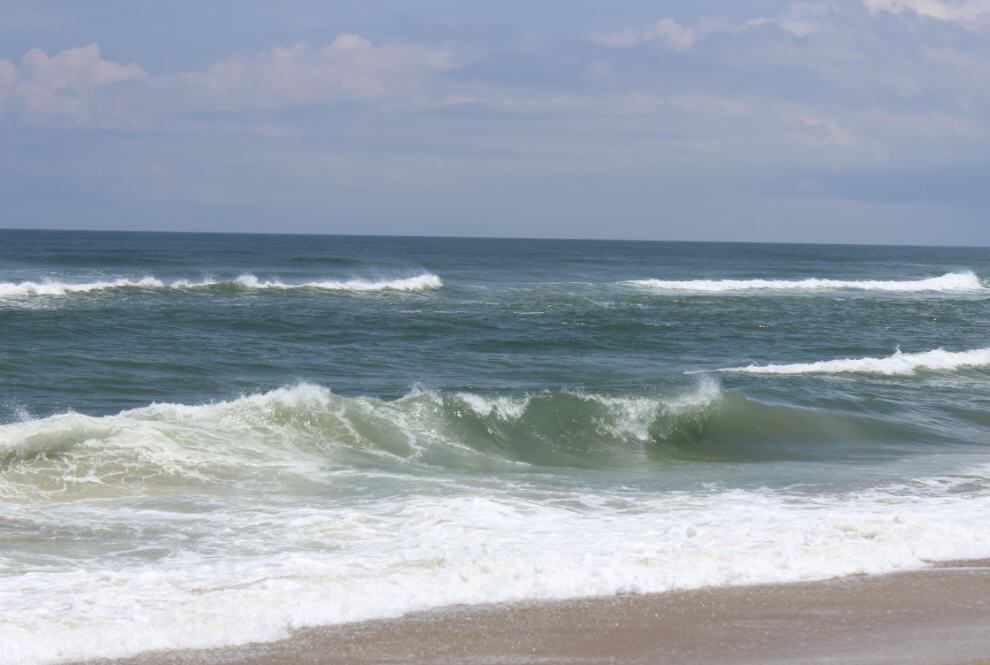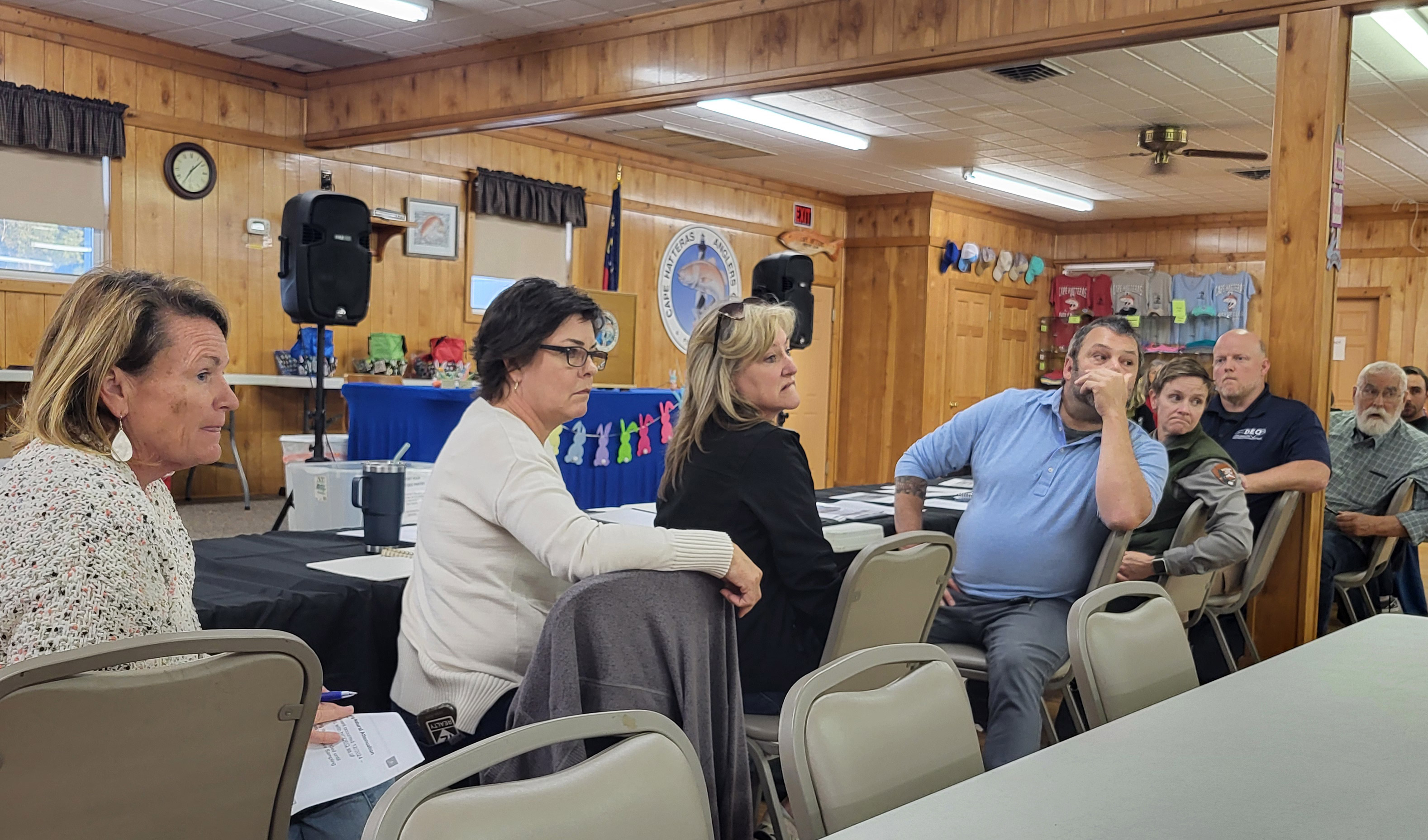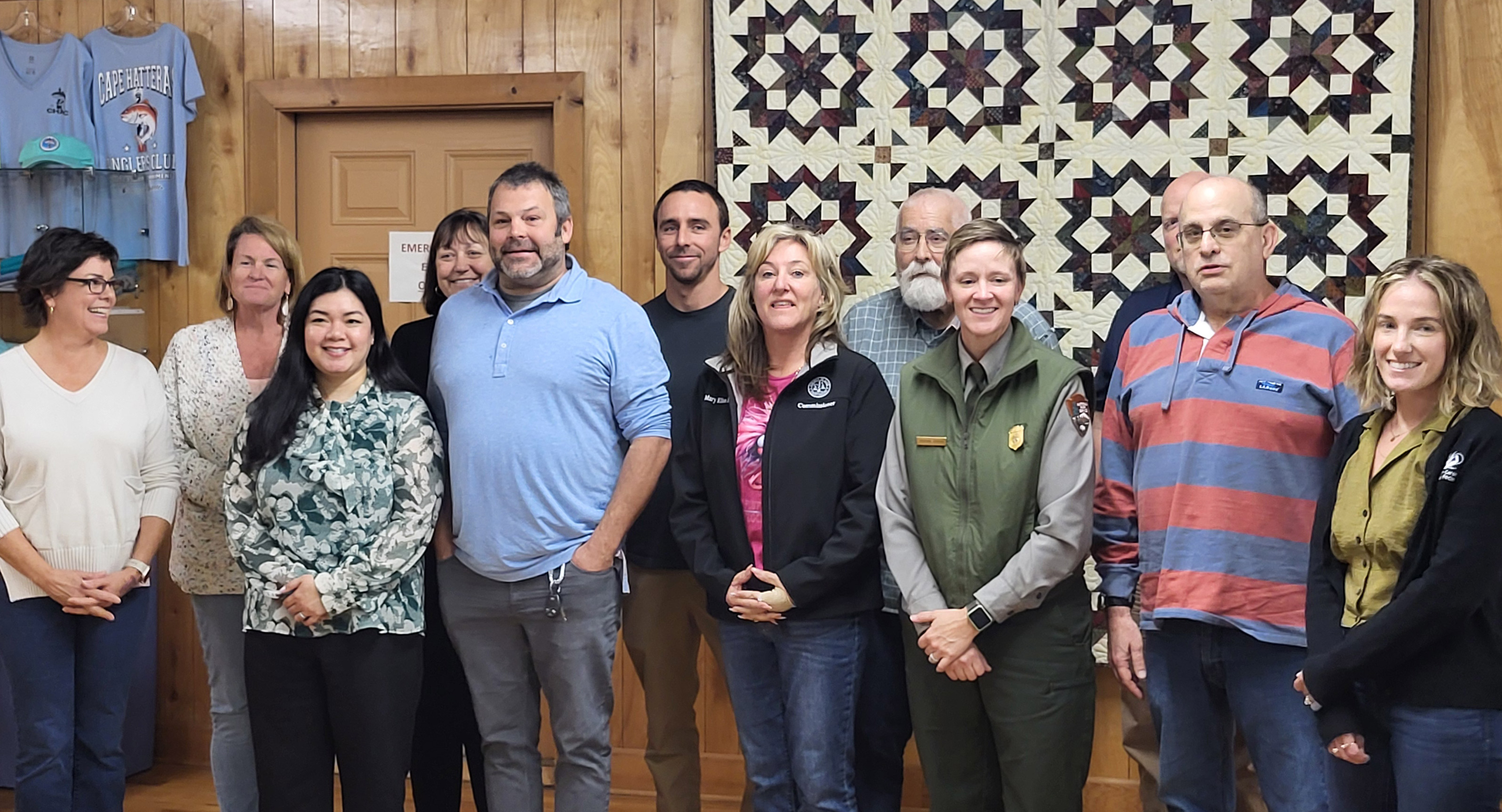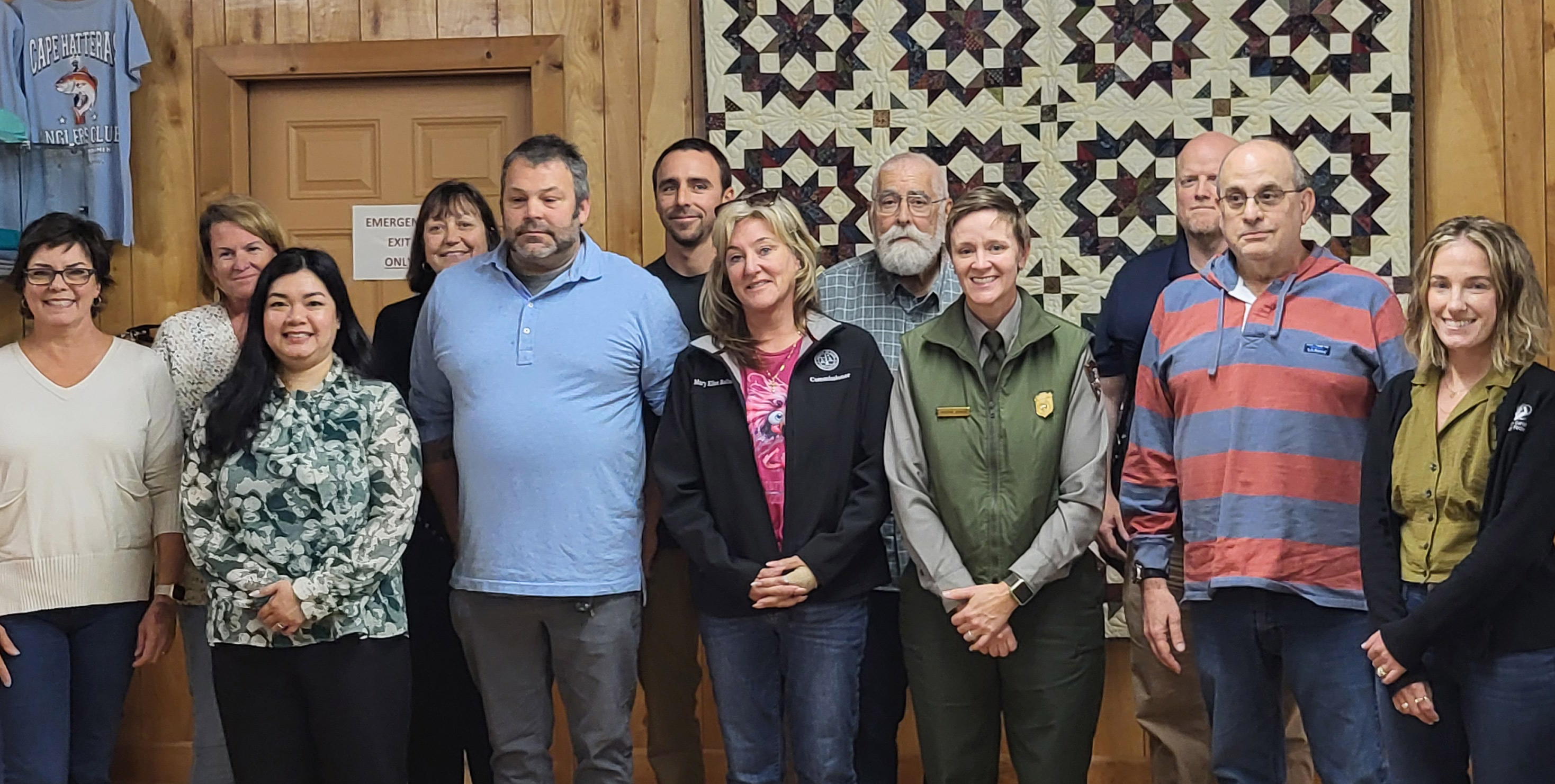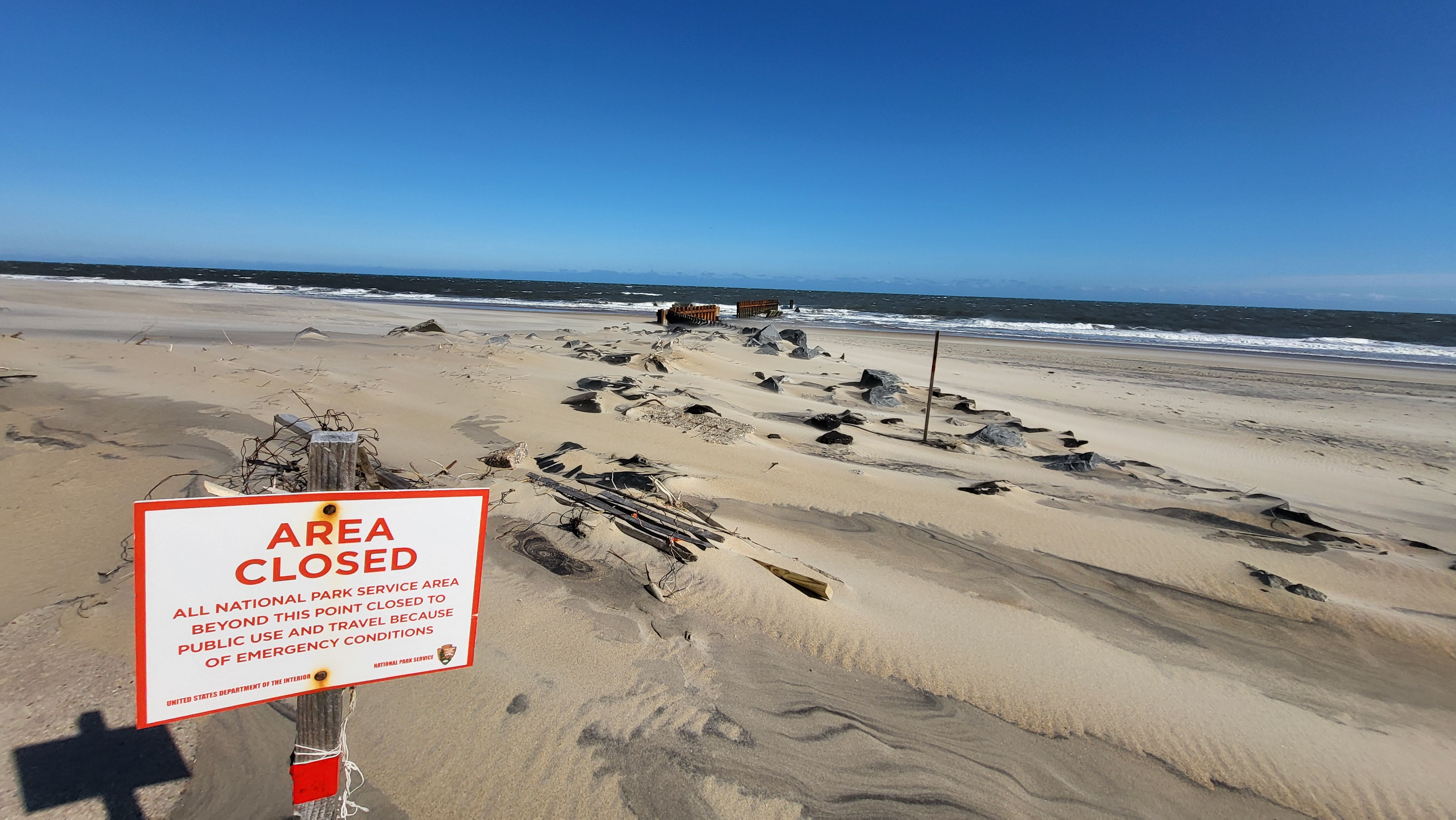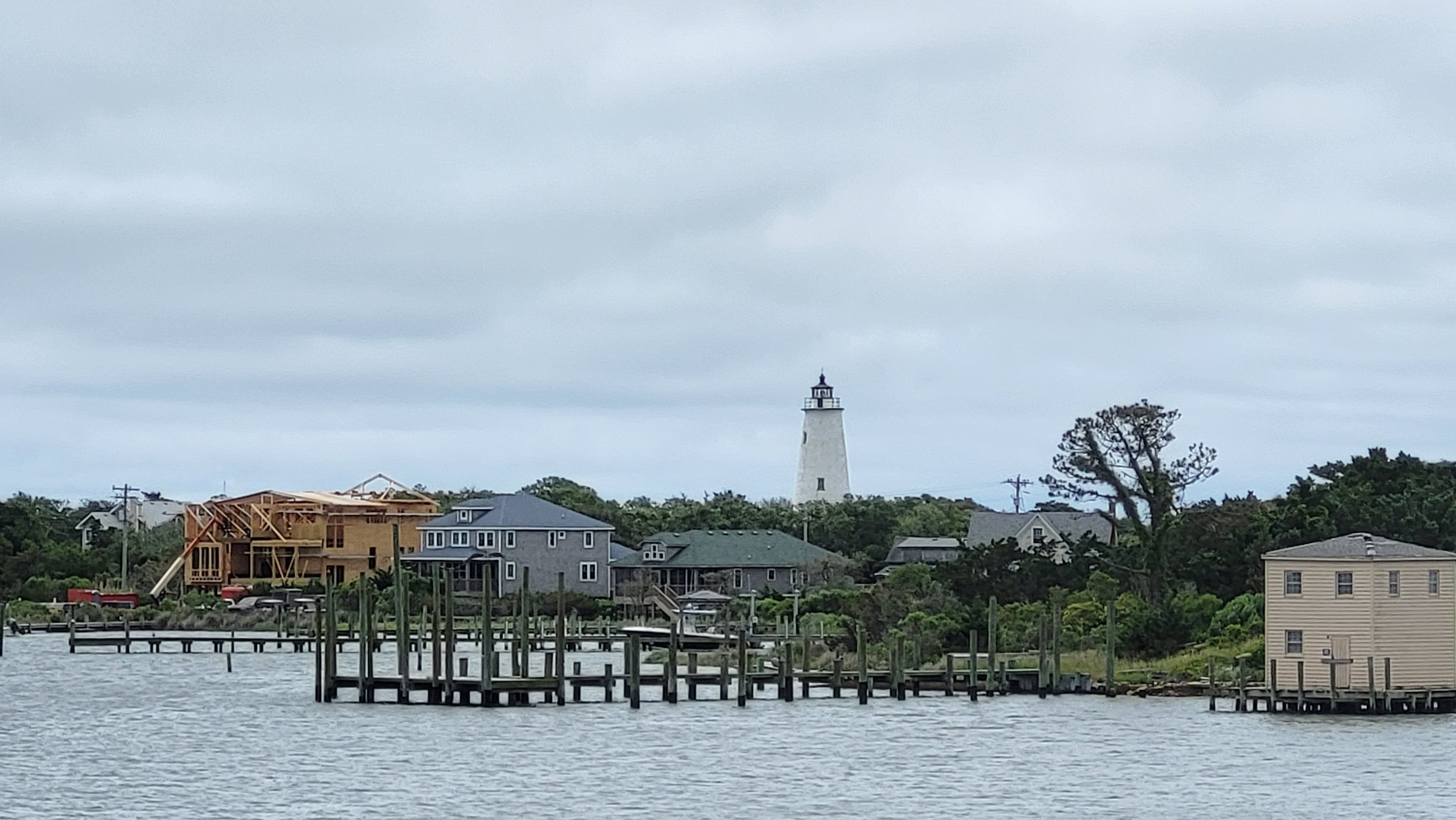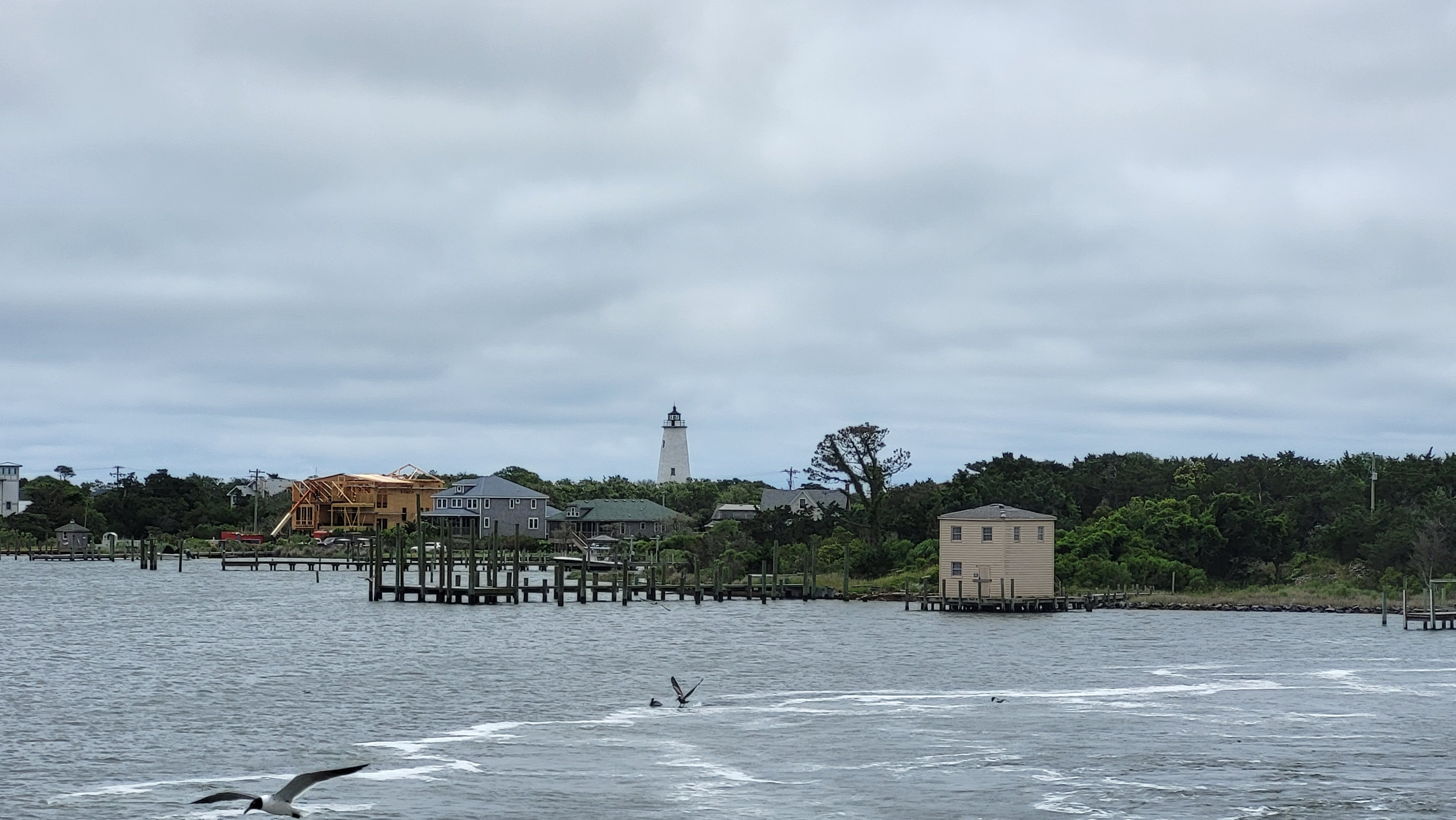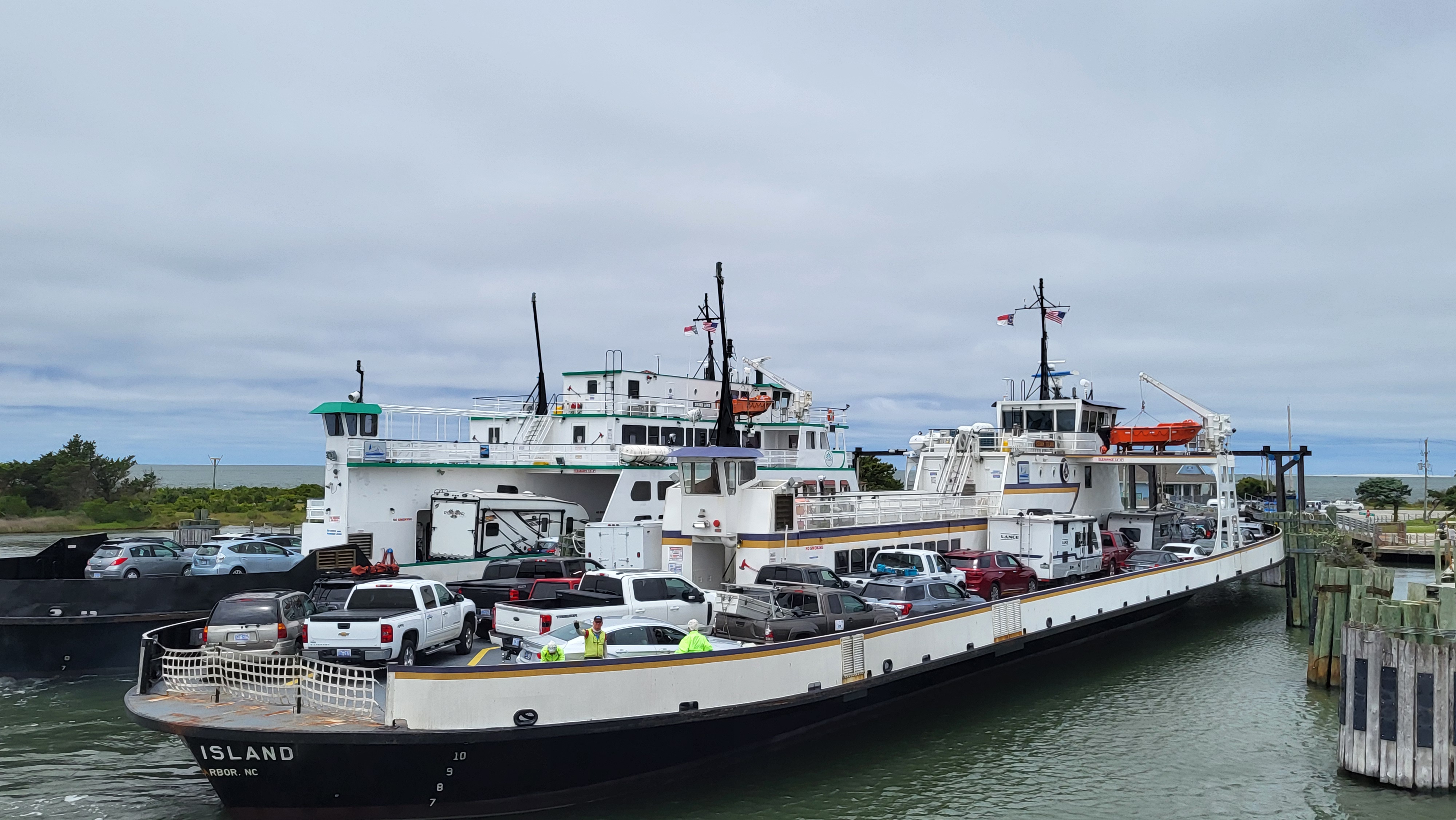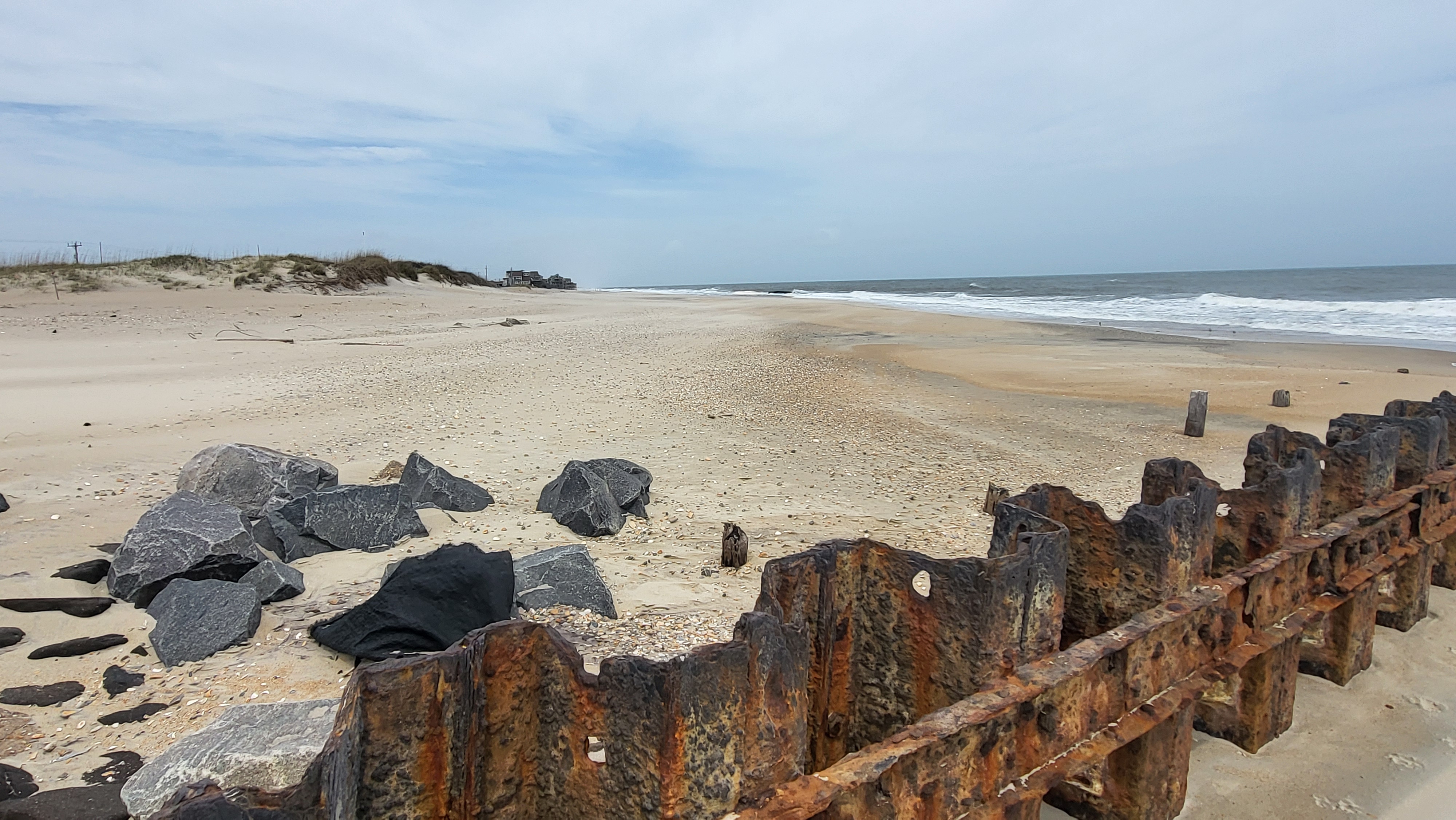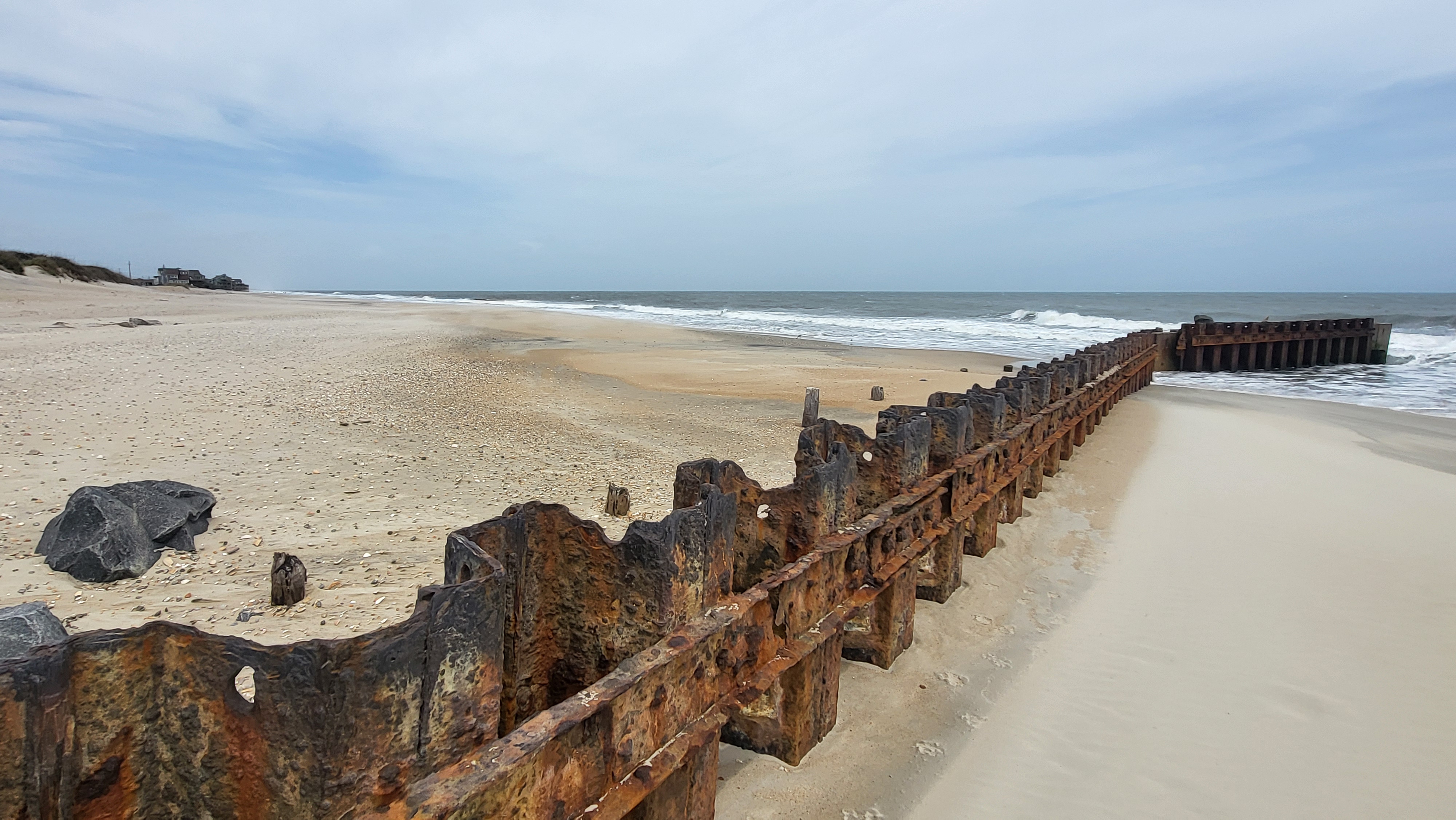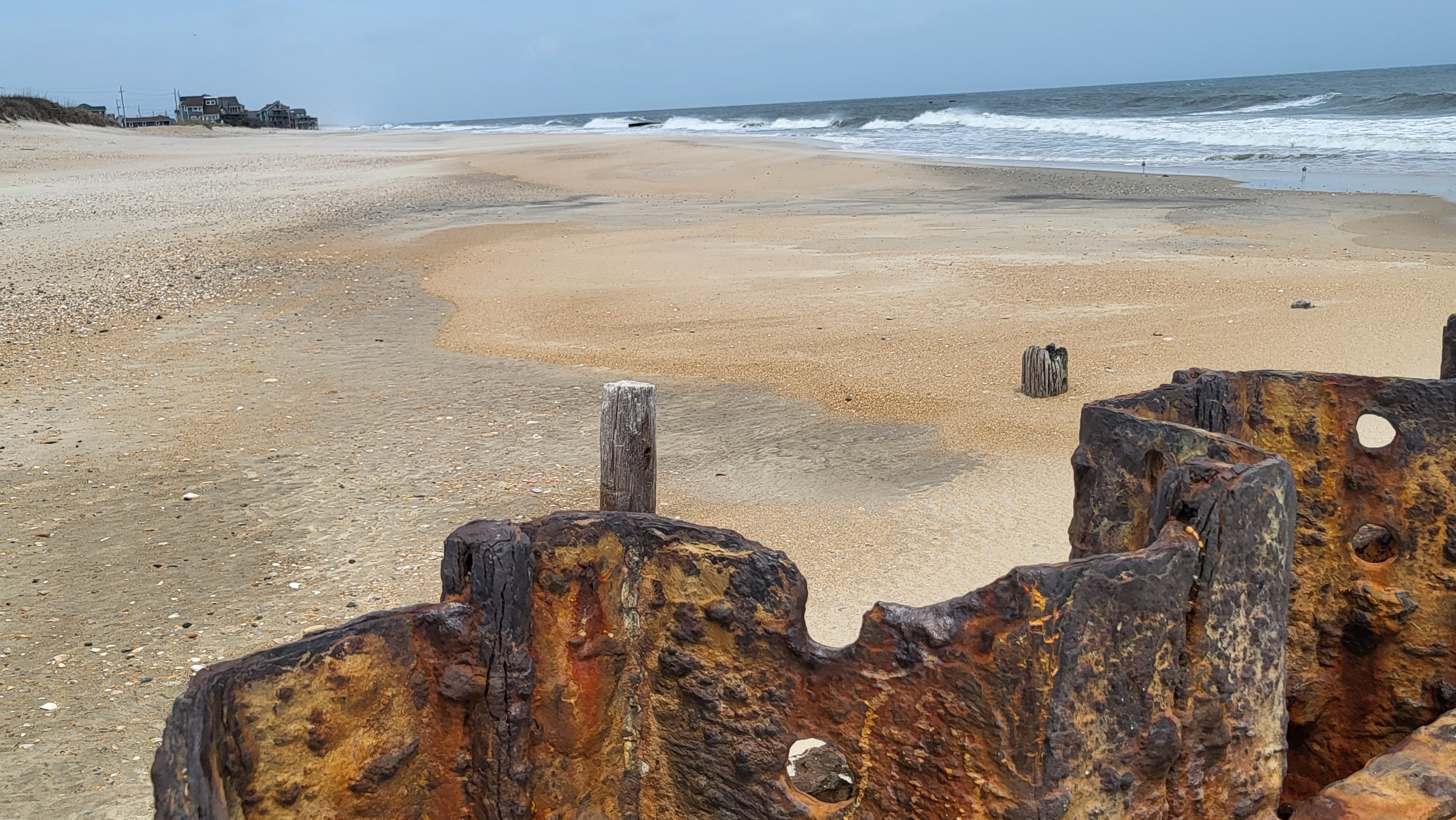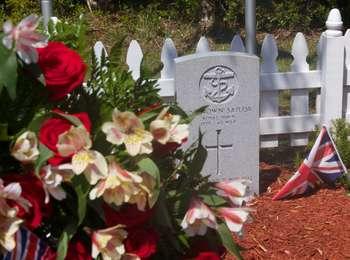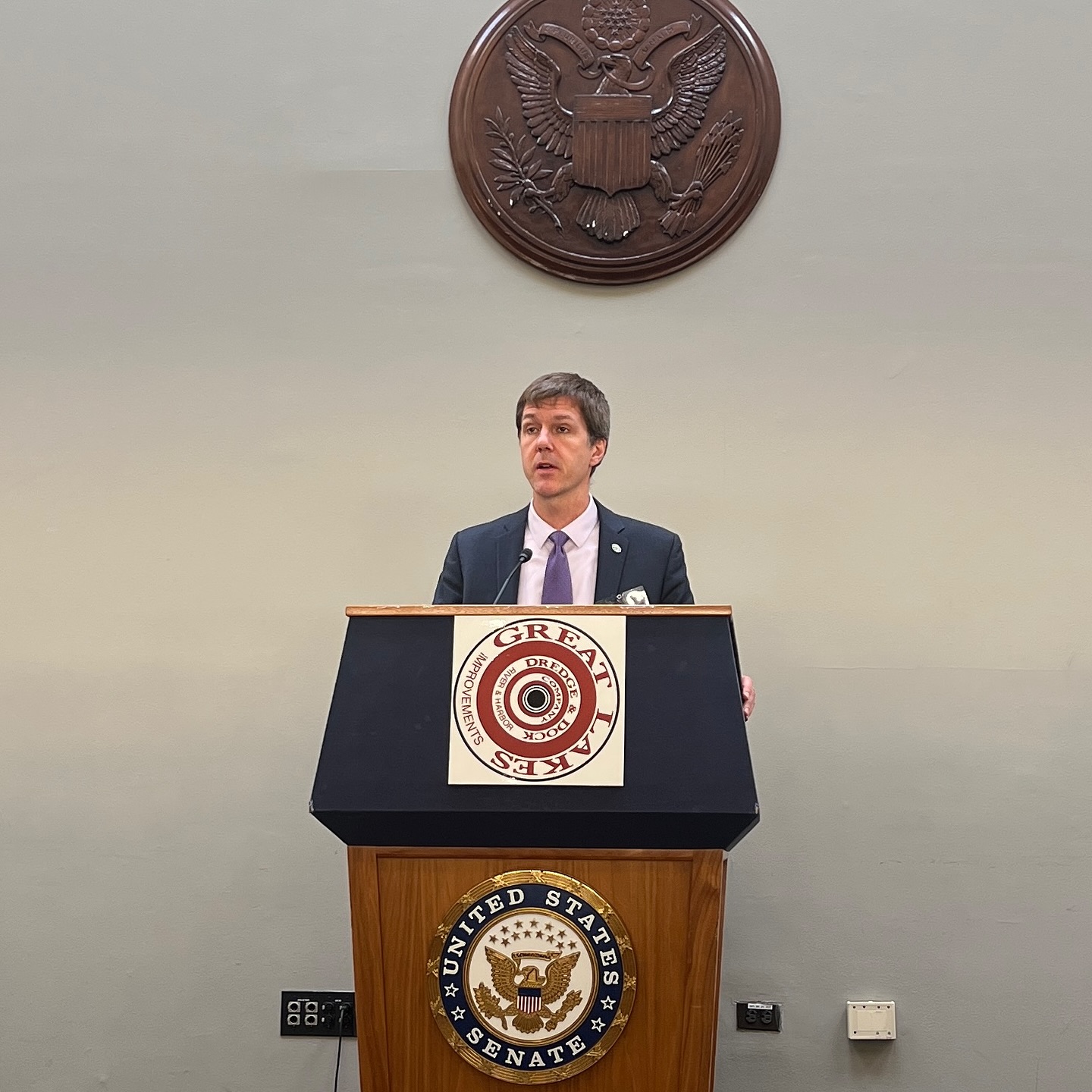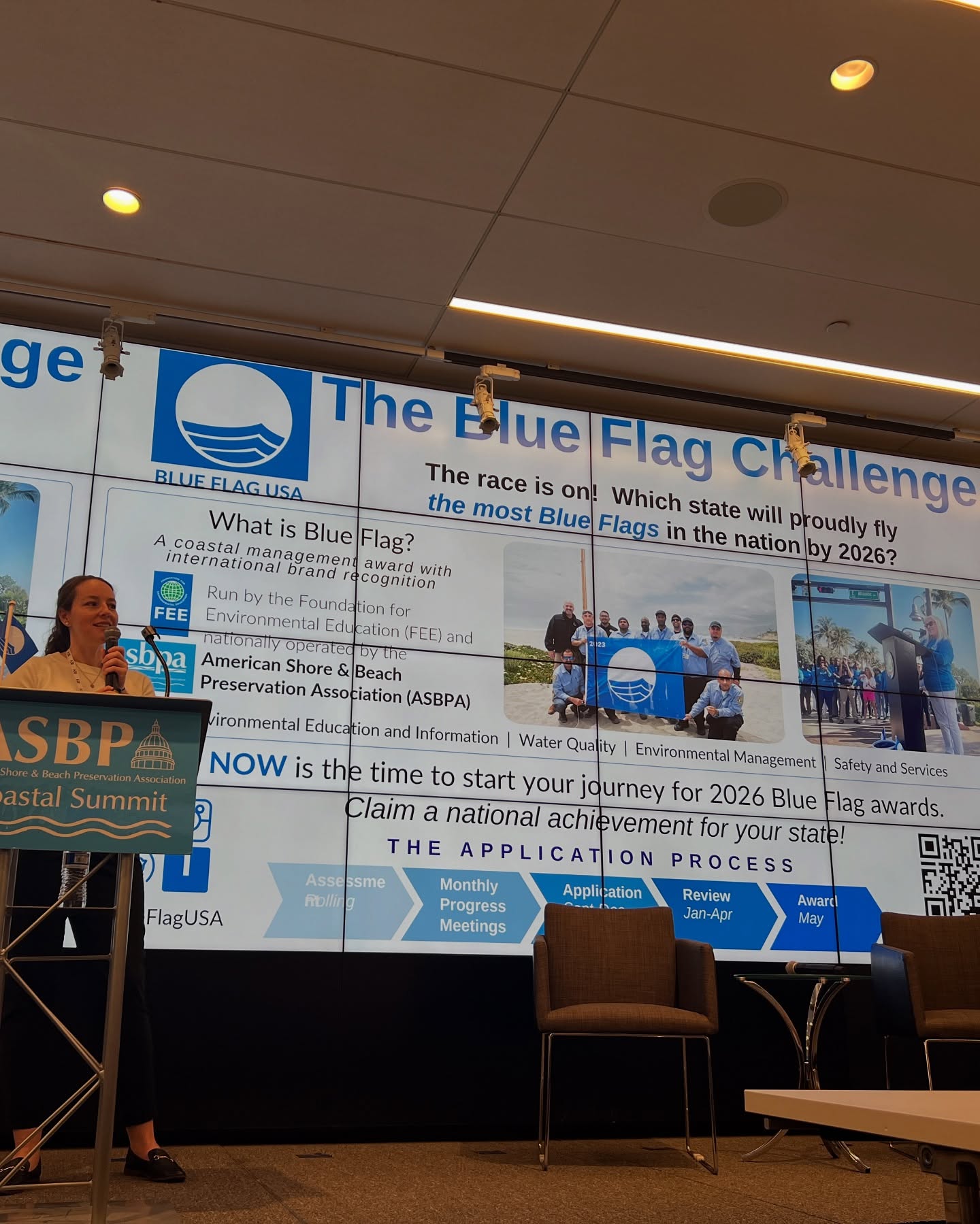Many changes ahead as the Cape Hatteras Lighthouse project enters a highly-active phase of restoration
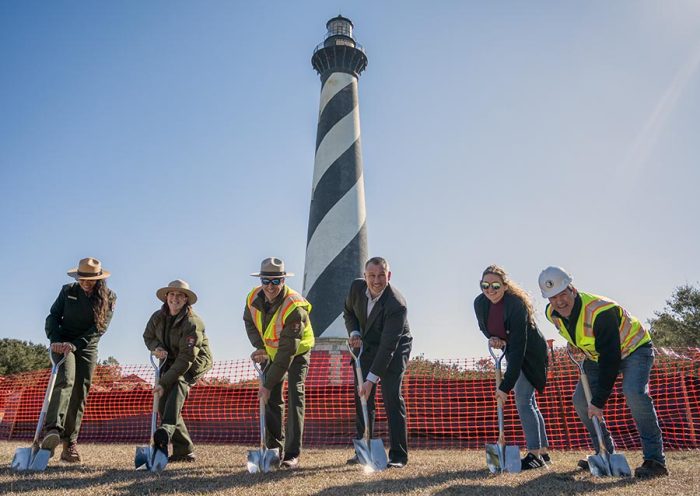
The multi-year project to restore the Cape Hatteras Lighthouse and surrounding grounds is about to enter a new and highly active phase.
Over the next few months, an estimated 25 tractor-trailers will be heading to and from the Buxton site to deliver materials. Scaffolding will be built around the structure to make interior and exterior work more accessible, and the lighthouse will go dark for up to two months as the current 1950s-era beacon is replaced with a temporary light, followed by the final installation of a replica of the lighthouse’s original 1854 Fresnel lens.

Paths will be built on the lighthouse grounds, creating a new route for visitors to explore the site and capture multiple angles of the iconic 1870 structure. Exhibit panels will be installed to explain the stories and significance of the Buxton locale, and the lighthouse itself will have a veritable facelift with new paint, new cast-iron fixtures, and new fencing that matches how the lighthouse looked more than 150 years ago.
“When this lighthouse project is done, the lighthouse will be in better shape than it has been since it was built in 1870,” said National Parks of Eastern North Carolina Superintendent David Hallac. “It will be more resilient – perhaps even [more so than] when it was initially built, because of some of the building materials that we are using will be much more resilient to the salt air and the strong winds in the environment.
“And we will have a much better visitor experience, where the visitors will have the opportunity to really understand not only the history of the lighthouse – and see its beauty and its splendor – but also understand that the lighthouse was more than just the structure.”
The details of the upcoming restoration work were unveiled at a groundbreaking ceremony on Wednesday, Feb. 14, where National Park Service personnel and representatives from the primary contractor, Stone and Lime Historic Restoration Services of North Brookfield, Massachusetts, dipped their shovels in the ground as a symbolic celebration of reaching a new milestone.
Though the construction phase is beginning in earnest, the lighthouse restoration project has been in the works for a long time, with public hearings and proposals initially held in 2021 to identify the best paths forward.
The items that need to be addressed stem from the results of a 2014 Comprehensive Condition Assessment Report and a 2016 Historic Structure Report, and the National Park Service has had funding for the massive $19.2 million project in reserve for years.
2021 visitors to the Cape Hatteras Lighthouse got a glimpse of the upcoming work involved in rehabilitating a 154-year-old landmark, as an initial wave of paint removal and investigations to identify what elements needed to be fixed were conducted.
But while the goal of this first 2021 phase of the project was to strip the lighthouse down, the next steps aim to build it back up.
When the paint was removed, and the interior and exterior of the lighthouse could be closely examined, a lot of issues were uncovered. For example, a continuous and jagged crack runs through 6-7 stories of the lighthouse, which occurred after a lightning strike in 1890. Other spots are completely devoid of the mortar that holds the bricks together, while areas where metal meets the brick interior, (like near the lighthouse’s windows), have small gaps where deteriorated metal used to be.
The next 18 months of work will address these problematic issues, but will also add some “new” but historically-based features that will be much more visible and prominent when the lighthouse reopens, hopefully by the summer of 2025.
A punch list of work that will be performed in the next 18 months, per the Cape Hatteras National Seashore (CHNS), includes the following:
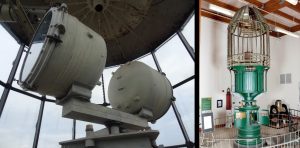
Fresnel Lens replica – During the project, the current spotlight/beacon will be replaced with a replica of a first-order Fresnel lens. The LED lens will include a fabricated pedestal, working clockwork, and a replica counterweight system. The workings of the pedestal will be visible to visitors at the top of the lighthouse during lighthouse climbs.
While the replica lighthouse is being built – a project that is only tackled by three companies in the country – a temporary light will be installed sometime in the summer of 2024. There will likely be two periods where the lighthouse goes dark for several weeks (and up to two months) while the beacons are switched.
Repainting – The exterior and interior of the Lighthouse will have new, durable paint applied.
Restoring the ironwork – Over the last 150 years, the salt air has greatly impacted the intricate ironwork of the lighthouse. This is most noticeable in the lantern room, on the watch deck, in the window structures, and on the stairs. The restoration project will repair the iron where possible, and provide for accurate recasting where ironwork has to be replaced.

Restoring missing and defining features – Window pediments (ornamental structures above the windows) are no longer present, although there are marks of where these fixtures used to be located. These will be restored, along with a replica of the metal ornamental fence surrounding the lighthouse.
Landscape enhancements – The Cape Hatteras Light Station attracts hundreds of thousands of visitors a year, and as a result, the grounds surrounding the lighthouse have become a patchwork of heavily trodden grass and sand.
This project will improve pedestrian flow by creating and expanding walkways to seven feet wide, improving viewsheds, and providing expanded historical interpretation along the paths. The defining fence along the principal and double keepers’ quarters will also be restored, and the 36 Keepers’ Stones, (which were previously stationed at Old Lighthouse Beach in Buxton), will be relocated along the path to allow for better interpretation and enjoyment.
What to expect in the months ahead
- Starting in February 2024, there will be more truck and vehicle activity on Lighthouse Road as scaffolding materials are delivered to the site. This project coincides with the construction of a new multi-use path to the lighthouse, (which will hopefully be complete by the summer of 2024), so expect higher traffic for the next several months along this popular Buxton road that connects with local beaches, hiking trails, and ORV ramps.
- In the next several months, a tower of scaffolding will be built around the lighthouse, (similar to the scaffolding built during the Bodie Island Lighthouse Project in the early 2010s), which will certainly be visible from miles away.
- The lighthouse will go dark for a period of time twice in the months to come. The first time will be to replace the current beacon with a temporary light that complies with U.S. Coast Guard regulations, and the second time will be for the installation of a new replica of the original Fresnel lens.
- The lighthouse site will remain open to the public for the duration of the project, although there will be marked-off areas on the grounds where construction activities are ongoing.
- The lighthouse will NOT be open for climbing in the summer of 2024, but will hopefully reopen for the 2025 summertime season. Once the lighthouse does open for climbing, tickets will only be available electronically, similar to the current Bodie Island Lighthouse ticket-purchasing system.
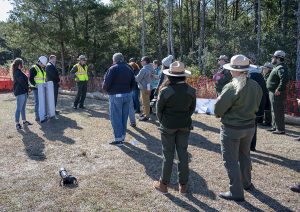
The next 18 months will be a busy and evolving time for stakeholders and islanders, as work is completed piece by piece.
From replacing 40,000 bricks in the structure, (an estimated 15% of the total bricks in the lighthouse), to reinstalling a Fresnel lens that was originally 1,200 pounds and 20 feet tall at the top of the tower, the team at Stone and Lime Historic Restoration Services have their work cut out for them.
But the end result will be an overhaul for one of the most recognizable lighthouses in the world and a new experience for Outer Banks visitors and lifetime locals alike.
“We do projects like this up and down the East Coast, primarily for the Park Service, but I think this is by far the most iconic project we have ever done,” said Chris Dabek, Vice President of Stone and Lime. “It’s an honor, really.”
“This is the tallest brick lighthouse in the United States, and I think a lot of the country sees this particular lighthouse as a beacon of America… It’s also, I think, an effort to honor the folks that took care of this lighthouse,” said Hallac. “So, it’s an exciting project, [and] it’s an important part of our heritage.
For more information:
The public can keep tabs on the progress and details of the Cape Hatteras Lighthouse restoration project on the CHNS website.




